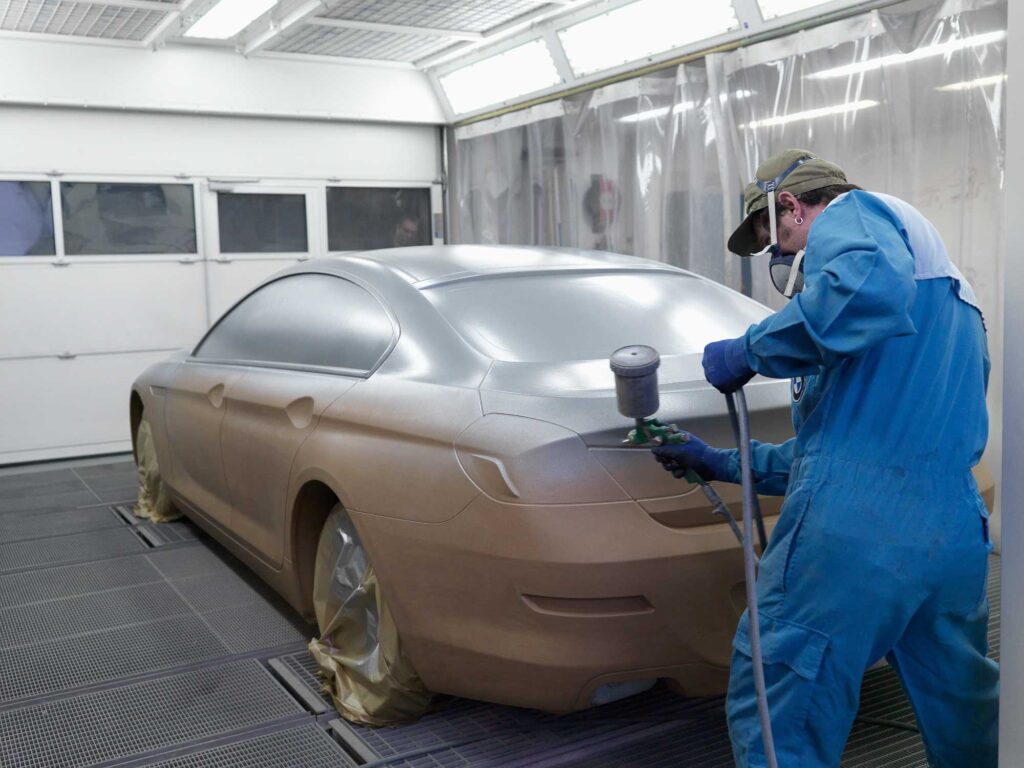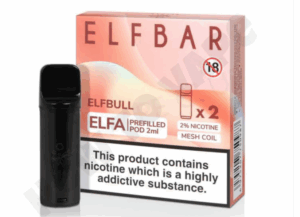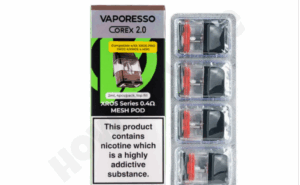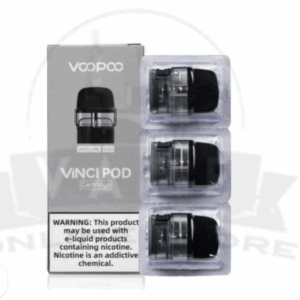Over time, surfaces exposed to the elements, particularly vehicles, can experience paint fading, chipping, or other forms of damage. For Canadian car owners, this is especially true due to the country’s diverse weather conditions, from harsh winters to sunny summers. Restoring a vehicle’s paintwork not only rejuvenates its appearance but also protects it from further deterioration. Opting for the best paint restoration techniques ensures long-lasting results, making your vehicle look like new again.
Identifying Signs That You Need Paint Restoration
Before diving into the restoration process, it’s essential to recognize when your vehicle’s paint needs attention. Common signs include:
Fading and Discoloration: Exposure to UV rays and weather extremes can cause paint to lose its vibrant color, resulting in a dull or patchy appearance.
Scratches and Swirl Marks: Improper washing techniques or minor abrasions can lead to unsightly scratches and swirl marks that diminish the overall look of your vehicle.
Oxidation: This occurs when the paint’s protective layer breaks down, leading to a chalky, matte surface. Oxidation is especially common in older vehicles or those exposed to harsh conditions without adequate protection.
Recognizing these issues early allows you to seek the best paint restoration solution before the damage becomes irreversible.
Key Steps in the Best Paint Restoration Process
Achieving professional-grade results requires a systematic approach. The following steps are commonly used by professionals to restore faded or damaged surfaces:
- Cleaning and Surface Preparation:
The first step is a thorough wash to remove dirt, grime, and contaminants. This ensures that the surface is clean and ready for restoration. Clay bar treatment is often used to remove embedded particles, leaving the surface smooth and contaminant-free. - Paint Correction:
Paint correction is the process of eliminating surface imperfections such as scratches, swirl marks, and oxidation. This involves using specialized compounds and polishes with varying levels of abrasiveness. A dual-action polisher is often used to evenly apply these products, ensuring a smooth and glossy finish. - Scratch and Chip Repair:
For deeper scratches or chipped areas, touch-up paint or filling compounds may be applied. Matching the color precisely is crucial to achieving seamless results. This step ensures that even severely damaged areas are restored effectively. - Protective Coatings:
To maintain the newly restored surface, applying a protective coating is essential. Options include:
- Wax: Provides a temporary protective layer and enhances shine.
- Sealants: Offer longer-lasting protection than wax, ideal for Canadian winters.
- Ceramic Coatings: The most durable option, creating a strong barrier against UV rays, road salt, and other environmental hazards. Ceramic coatings can last for years with proper maintenance, making them a popular choice in the best paint restoration processes.
Benefits of Professional Paint Restoration
While DIY solutions are available, seeking professional help offers several advantages:
Expertise and Precision: Professionals have the experience and tools to handle various types of paint damage, ensuring flawless results. Their expertise minimizes the risk of further damage during the restoration process.
Access to High-Quality Products: The best paint restoration specialists use premium products and advanced equipment not typically available to the average consumer. These products provide superior results and longer-lasting protection.
Time-Saving and Convenient: Restoring paint can be time-consuming, especially for those unfamiliar with the process. Hiring a professional saves time and effort, allowing you to enjoy a rejuvenated vehicle without the hassle.
Maintenance Tips for Long-Lasting Results
Once your vehicle’s paint has been restored, proper maintenance is key to preserving its new appearance. Here are some tips to keep your surface looking its best:
Regular Washing: Use a two-bucket method with a high-quality car shampoo to prevent scratches. Always dry the surface with a microfiber towel to avoid water spots.
Apply Protective Coatings Periodically: Even if you’ve used a ceramic coating, regular maintenance with wax or sealant can enhance its longevity and provide additional protection.
Avoid Harsh Environments: Whenever possible, park in shaded areas or use a car cover to protect your vehicle from UV rays and environmental contaminants. During winter, consider regular undercarriage washes to remove road salt that can damage the paint.
Inspect for Minor Damage: Regularly check for scratches, chips, or other imperfections and address them promptly. Early repairs can prevent more significant damage over time.
Choosing the Right Paint Restoration Service
Selecting a reliable service provider is crucial to achieving the best paint restoration results. Here’s what to consider when choosing a professional:
Experience and Reputation: Look for service providers with positive customer reviews and a proven track record. Ask for before-and-after photos of previous projects to gauge their expertise.
Range of Services: A good restoration service should offer a variety of solutions, from basic polishing and waxing to advanced ceramic coatings and paint correction.
Transparent Pricing: Ensure the service provider offers a clear breakdown of costs and explains what each service includes. This helps you make an informed decision and avoid unexpected expenses.
Conclusion: Revive and Protect Your Vehicle with the Best Paint Restoration
Restoring your vehicle’s paint is more than just an aesthetic upgrade—it’s an investment in its long-term value and protection. By choosing the best paint restoration techniques, you can effectively revive faded or damaged surfaces, ensuring your vehicle stays in top condition for years to come.
Whether you opt for a DIY approach or professional service, maintaining your vehicle’s exterior with regular care and protection will enhance its appearance and durability, keeping it looking fresh and new on Canada’s roads.






